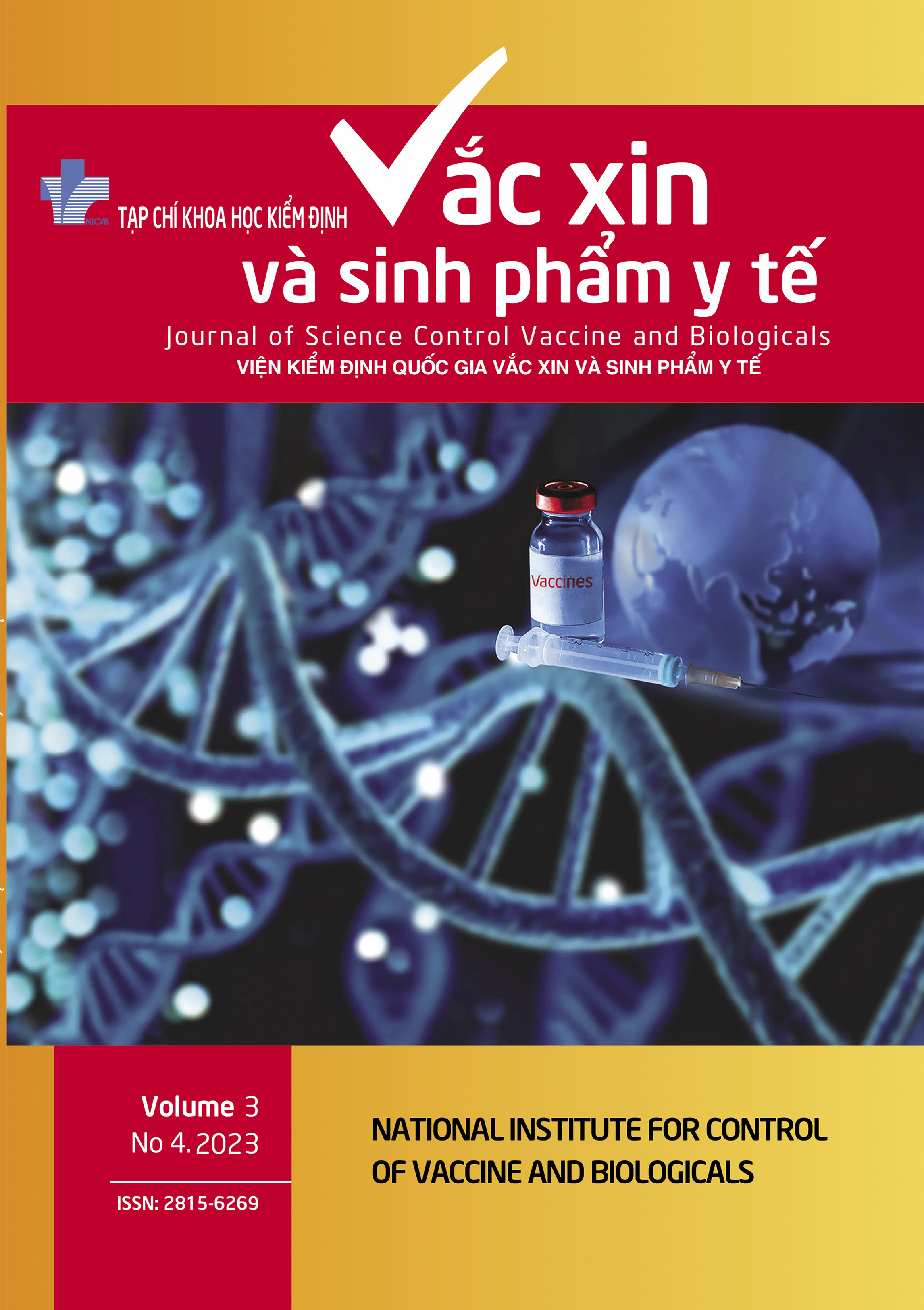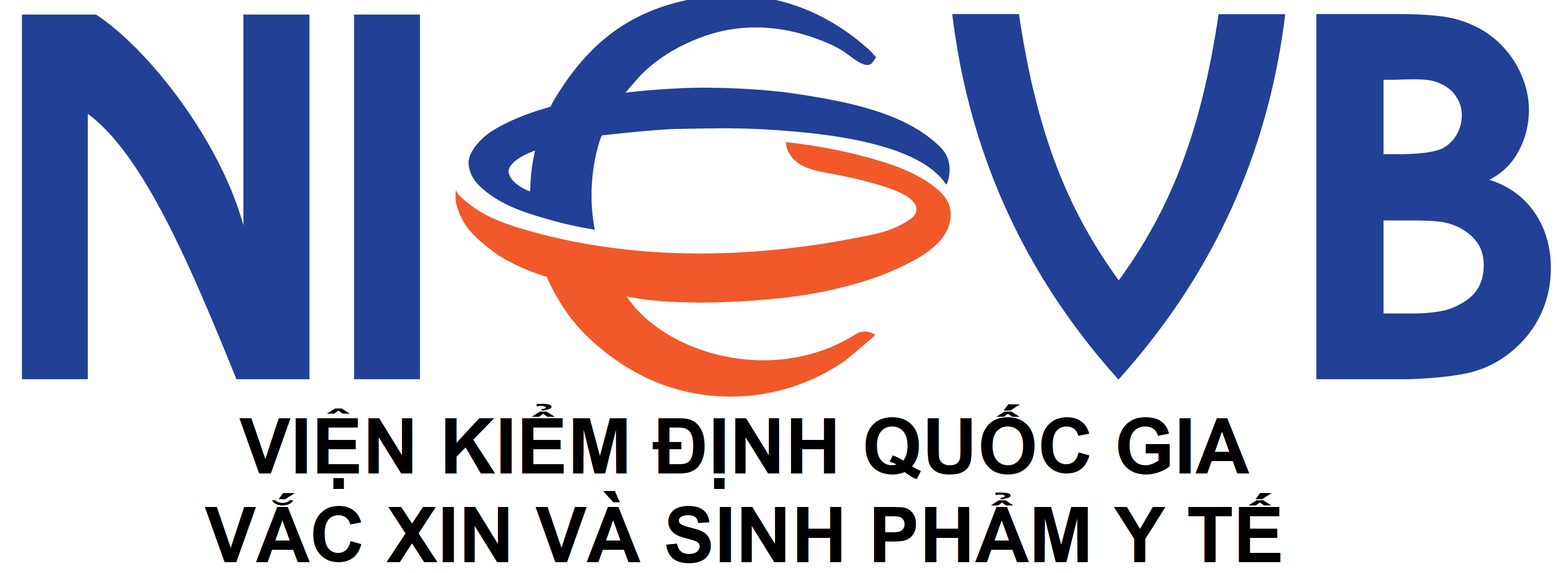THIẾT LẬP QUI TRÌNH CHUẨN TRONG KIỂM ĐỊNH CÔNG HIỆU THÀNH PHẦN IPV TRONG VẮC XIN ĐƠN VÀ PHỐI HỢP CỦA NHÀ SẢN XUẤT SANOFI PASTEUR
DOI:
https://doi.org/10.56086/jcvb.v3i4.120Từ khóa:
IPV týp 1- týp 2- týp 3, ELISA, hiệu giá, độ chính xácTóm tắt
Hiện nay, tại Việt Nam đang lưu hành 3 loại vắc xin chứa thành phần IPV của nhà sản xuất Sanofi Pasteur là vắc xin đơn Imovax Polio, vắc xin phối hợp Tetraxim, Petaxim, Hexaxim. Thời gian đăng ký của các vắc xin là khác nhau nên thống nhất phương pháp dùng để kiểm định chất lượng vắc xin của cùng một nhà sản xuất là kỹ thuật khoa kiểm định vắc xin Vi rút hướng tới.
Vắc xin IPV của Sanofi Pasteur được sản xuất từ các chủng Mahoney týp 1, chủng MEF týp 2, chủng Saukett týp 3. Đây là vắc xin bất hoạt. Phương pháp sử dụng để tính hiệu giá là phương pháp ELISA. Kháng nguyên được pha loãng ở dãy độ pha thích hợp đưa vào phiến 96 giếng ELISA, sau đó dùng kháng thể đặc hiệu cho từng týp gắn vào. Gắn kháng thể bậc 2 IgG tương thích với kháng thể bậc 1 rồi đọc kết quả thông qua tín hiệu huỳnh quang, kết quả được tính toán theo tín hiệu OD và hàm lượng mẫu chuẩn đã biết.
Qui trình được thiết lập và thẩm định đạt kết quả trên 6 tiêu chí về thẩm định. Trong khuôn khổ bài báo chúng tôi chia làm 2 bài. Ở bài viết này chúng tôi chọn 3 tiêu chí để trình bày là độ đúng, độ chính xác, độ mạnh.
Độ đúng t (týp 1, týp 2 và týp 3) < tα(4,303). Độ chính xác (độ tái lặp) CV (týp 1, týp 2 và týp 3) ≤ 20%, độ chính xác trung gian CV ≤ 20% và Độ mạnh đạt yêu cầu







